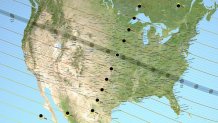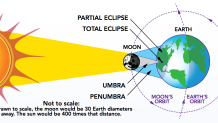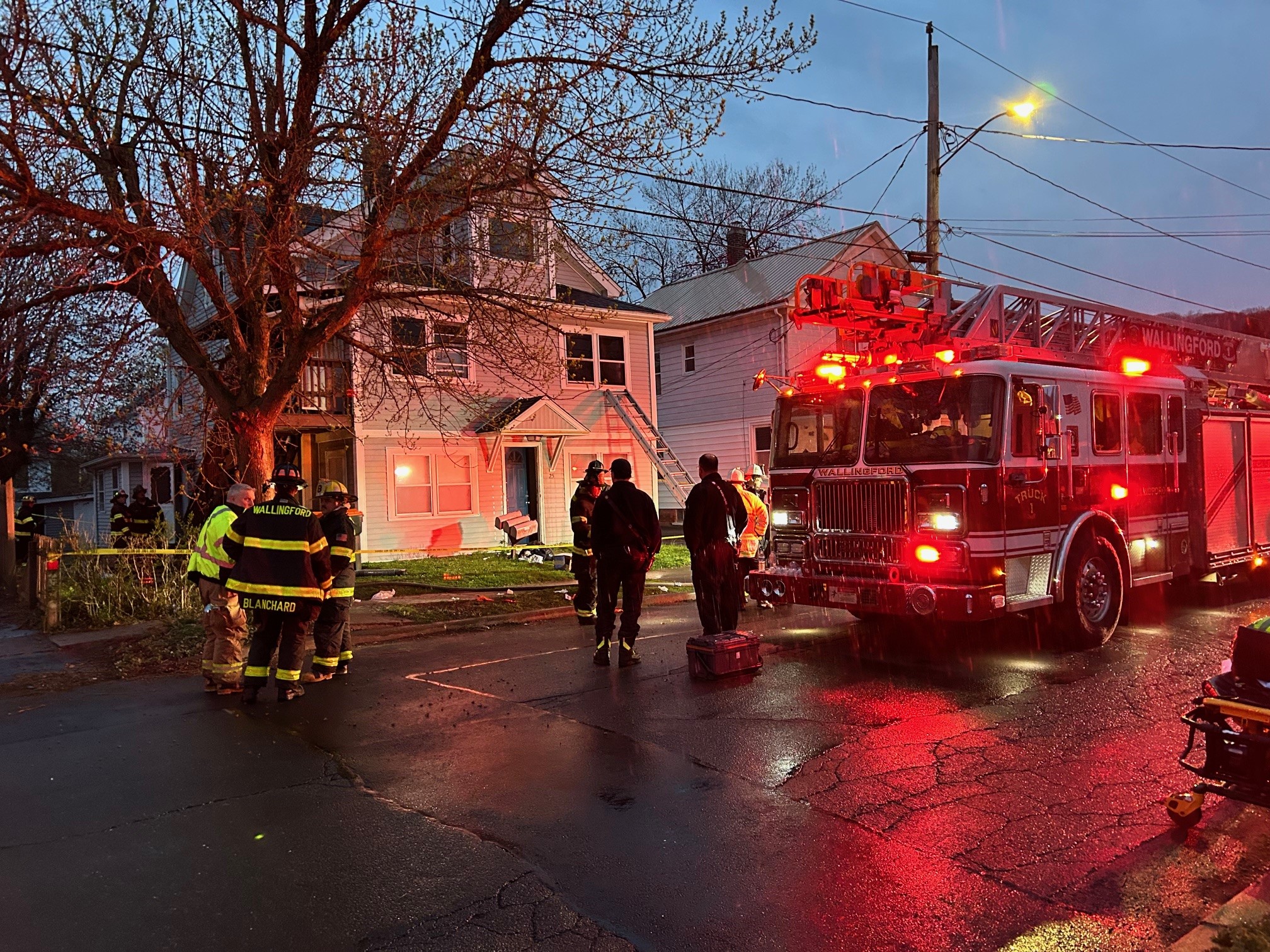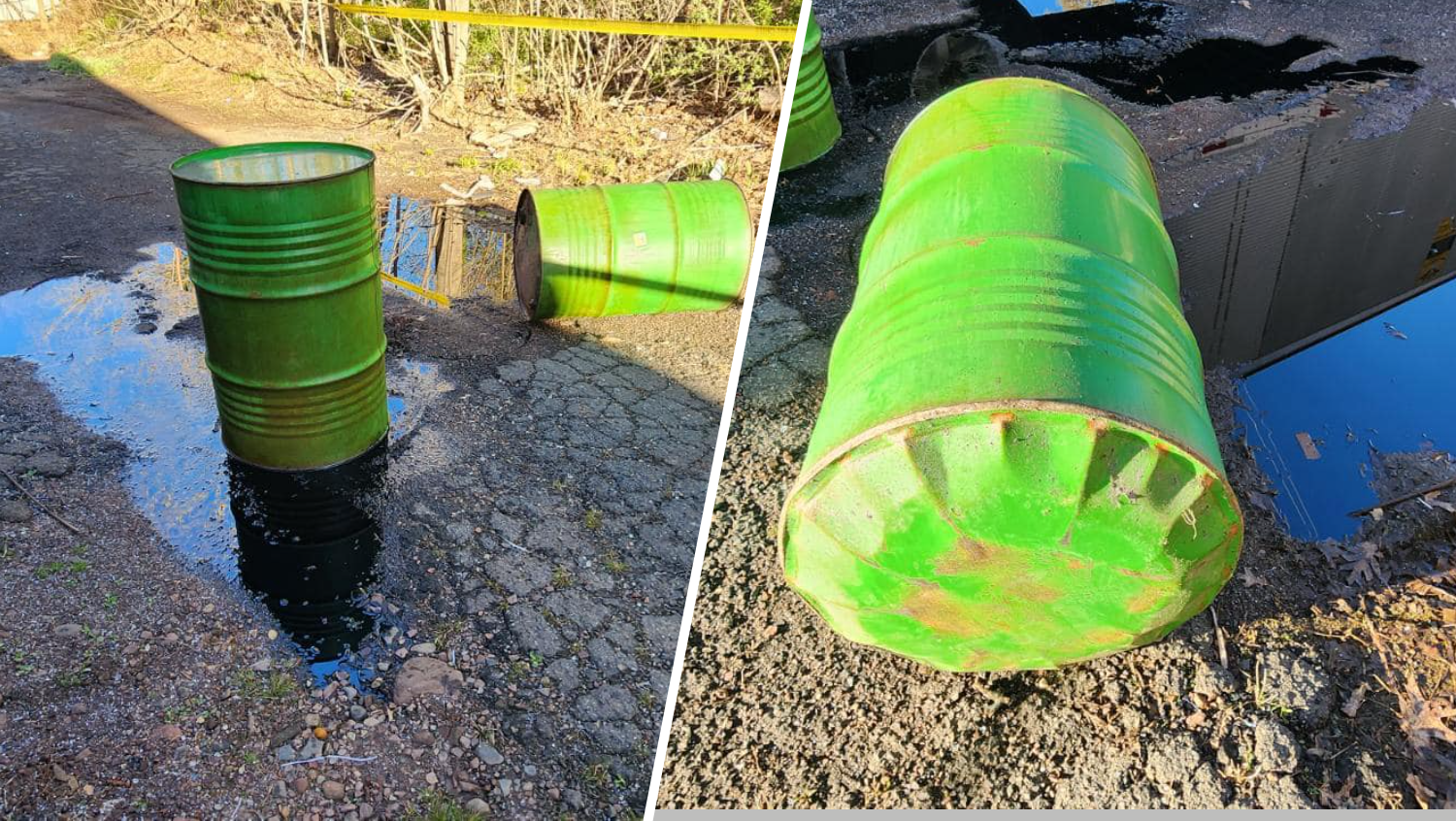On Monday, August 21 a rare total solar eclipse will be visible from coast to coast in the United States for the first time in 99 years. In fact, the total solar eclipse will be the first in the continental United States since 1979!

Here in Connecticut we will not be in the path of totality (you'll have to wait until 2079 for that) but there is still plenty to see!
What to Expect
The solar eclipse in Connecticut will start around 1:25 p.m. when a small sliver of the sun will be masked by the moon. By 2:45 p.m. about 2/3 of the sun will be obscured by the moon making which is the most we'll see. By 4:00 p.m. the solar eclipse will end. This is known as a partial solar eclipse and has occured in Connecticut most recently on December 25, 2000 and May 10, 1994.
The total solar eclipse will occur only in a narrow path from Oregon to South Carolina including Charleston, SC where I'll be for the event!
How to View
Local
The only way to safely view a solar eclipse is through special glasses that block damaging radiation from your eyes. You can purchase these glasses at many stores including CVS, Best Buy, and Lowes. Be sure to only purchase glasses with an ISO label ensuring they're safe for using.
A pinhole or projection method can be used and is a nice idea for a project to do with kids. I remember making one of these in school to observe the 1994 eclipse in Guilford.
Another option is shade 14 welding glasses - though these are likely to be sold out at many hardware stores.
Looking at the solar eclipse with sunglasses or the naked eye can lead to permanent eye damage or even blindness. While it is safe to take your glasses off during totality Connecticut is outside the path of totality.
What is an Eclipse Anyway?
Solar eclipses occur during a new moon when the moon's shadow is cast on earth. During a new moon the sun, moon, and earth are in line with each other. The reason there isn't a solar eclipse every new moon is because the moon's orbit around earth and the earth's orbit around the sun are not in the same plane. Only once in a while do these planes intersect and a solar eclipse occurs.

The moon's shadow is made up of a penumbra and a umbra. Only under the umbra is the moon's shadow complete resulting in a total eclipse (occasionally even with the umbra the moon is too far from earth resulting in an annular solar eclipse where a ring of the sun is still visible around the moon). In totality, a dramatic temperature drop (as much as 10 degrees) will accompany full darkness. From daylight to midnight in moments - a truly remarkable sight. Legendary WRC-TV meteorologist Bob Ryan described his first (Nantucket in 1970), and subsequent, solar eclipses in this wonderful Washington Post piece.
In the penumbra (where we'll be) part of the sun will be obscured by the moon and less solar radiation will make it to us than we typically see in the afternoon. A temperature drop (likely several degrees) will accompany this as we enter in a portion of the moon's shadow.
How Common Are They?
Partial solar eclipses happen with a fair amount of regularity (2000 and 1994 being our most recent) while total solar eclipses are rare. The last total solar eclipse in Connecticut was in 1925 and the next isn't until 2079!
If you're thinking there's no way you won't be around for the next total solar eclipse in Connecticut (check this calculator to see how old you'll be!) a total eclipse on April 8, 2024 will just miss us and plunge portions of Vermont and upstate New York into total darkness. We'll only be a tank of gas away from totality!



